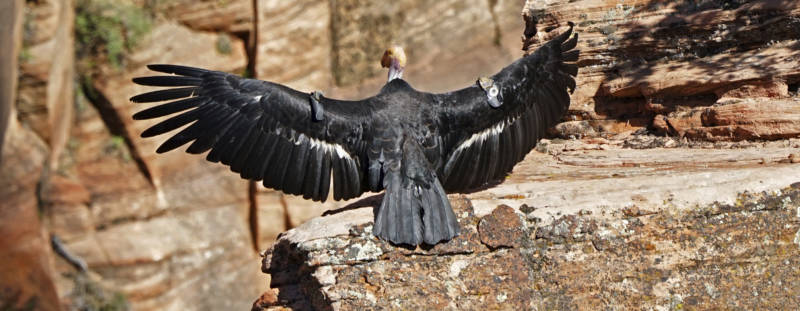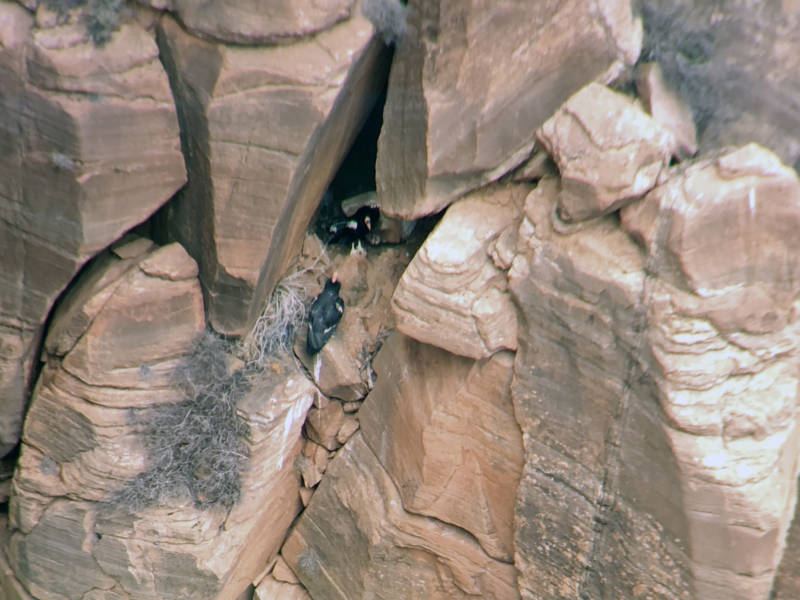The California condor, North America’s largest bird, once ruled the American Southwest and California’s coastal mountains. The vulture-like bird was revered by Native Americans and was believed to contain spiritual powers.
Hundreds of years later, its future seemed all but certain. Defying odds, conservation efforts brought the species back and prevented it from joining the dodo in extinction.
Now, condor reintroduction celebrates a milestone: Chick No. 1,000 has hatched.
In the 1980s, fewer than two dozen condors were left in the world. Conservationists rounded up the remaining condors and began breeding them in captivity.
According to the International Union for Conservation of Nature, the condor became critically endangered in the 20th century — one classification behind extinct in the wild. The decline came from poaching, habitat destruction and lead poisoning as condors scavenged for carrion containing lead shots.

